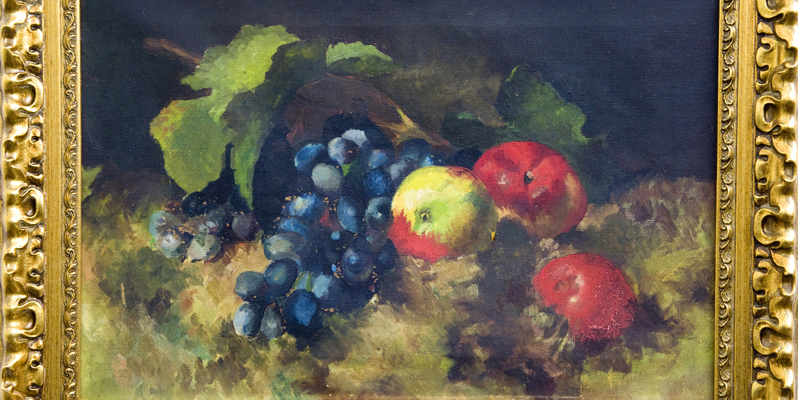
Several of the 19th century paintings The most important of the time were created by artists from the Spanish Academy in Rome founded in 1873. But what are the origins of the creation of this institution? What was happening in Europe? We tell you.
Background of the Spanish School of Fine Arts in Rome
At the end of the Middle Ages in the XNUMXth century, Rome became the cradle of art in Europe and many painters from different countries made the pilgrimage to the capital of Italy to improve their training.
At the end of the 17th century, Spain tried unsuccessfully to create the School of Fine Arts in Italy, with King Charles II spearheading this endeavor. They wanted to follow the same path as other countries like France that had created schools to support their artists.
The Royal Academy of Fine Arts of San Fernando helped various artists of the time to travel to Rome, they were the so-called 'pensioners' and they enjoyed financial aid to start the journey. Others, like Goya, were not so lucky and paid for the trip with their own money. Both pensioners and non-pensioners made a sketchbook where they took notes and made notes of their trips. These notebooks in Italy call them 'taccuino'.
It was as early as 1873 when the school was officially founded and is still in force today.
Creation of the Spanish School of Fine Arts in Rome
At the end of the 19th century, Emilio Castelar, president of the First Spanish Republic, took responsibility for the task and wrote the first decree where special importance was given to the economic support of the school.
Initially, the academy was made up of a director and twelve pensioners, of whom 8 were chosen through competitions and the other 4 for merits obtained during their career. They were artists already known for their work.
These pensions or grants lasted for 3 years and the artists were only required to live in the capital of Italy for the first twelve months. Then they could, before informing the director, travel to other European countries with important works to complete their training.
Every year the number of works that the artist had to carry out was specified and during the first two years, all the works carried out by the students belonged to the State. Already in the last year, the author owned his work, but the State kept a right of first refusal to buy before the others.
Stay tuned for the next articles! We will name some of the 19th century painters most influential and its link with the Spanish School of Fine Arts in Rome.
